PERSPECTIVE.
In 1978, Rubello earns a Ford Foundation grant to spend five weeks in Italy studying the history of perspective . Upon his return to the US, he begins considering the possibility that his paintings might actually "come out from the wall." Blue Cut, a turning point in his career, is the first painting he makes with this idea in mind.
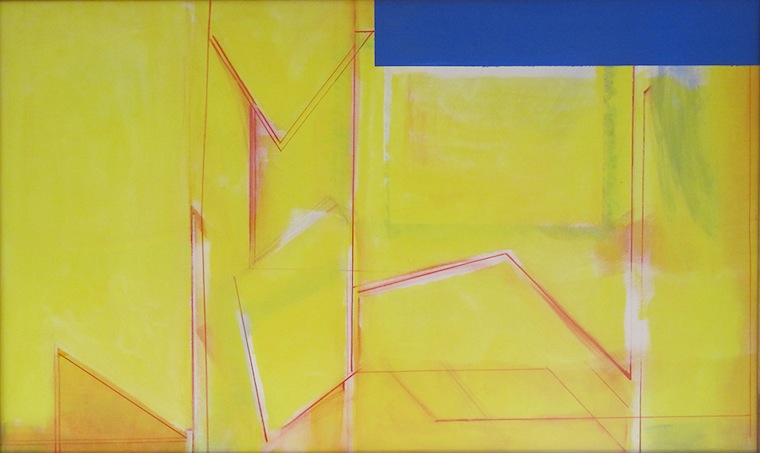
After making a first, more painterly pass at the canvas, Rubello writes that he "broke up the atmospheric space and initiated a pure sky blue rectangle at the top right hand corner....This presented an implied separation from the picture plane. The blue rectangle created a blue cut interrupting the two dimensional plane. This pure color opposed the rest of the painting."17
Blue Cut advances Rubello's concern with the relationships between geometric forms evident in his earlier, hard-edge paintings, like Color Cubes; it also anticipates his venture, three years later, into literal three-dimensionality.
"In about 1981," he says, "I began to leave painting. I thought, 'Well, the next move has to be out from the wall. It has to be out from the canvas. And instead of making it illusionistic [as in Blue Cut], I should actually do it. It should be color in space.' So I started constructing these things, making these paintings that were dimensional. I called it 'actual space.'"
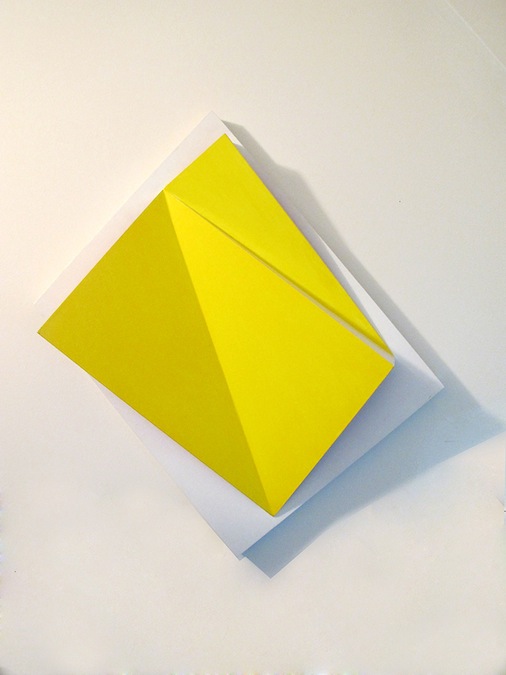
Rubello's turn toward "dimensional paintings" opens up the possibility of working with both reflected color and movable paintings. It also provides new opportunities to engage in illusionistic play; often, his dimensional pieces contain brilliant, saturated colors that are invisible from certain perspectives, revealed only after the viewer has physically moved around the work.
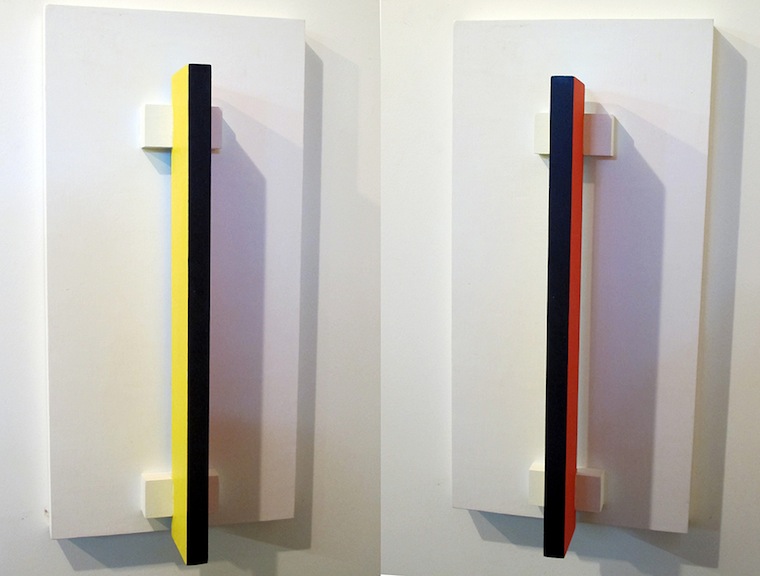
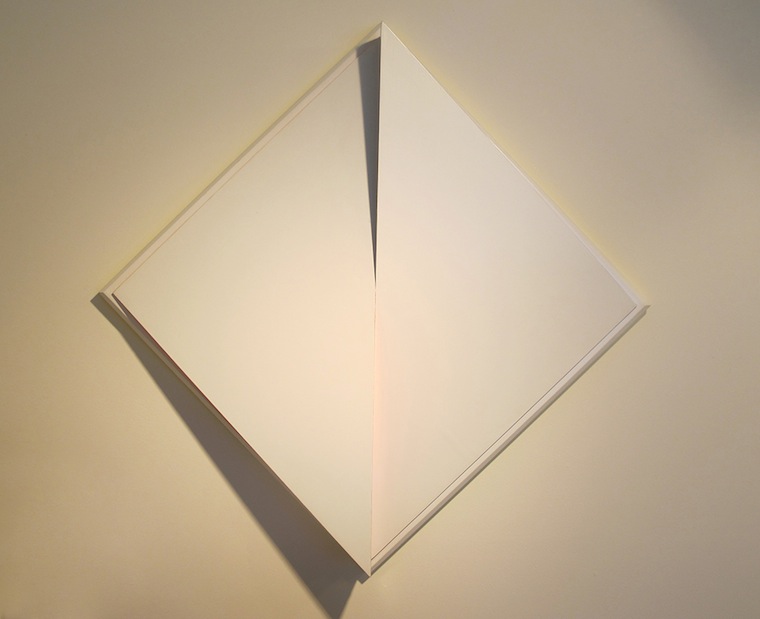
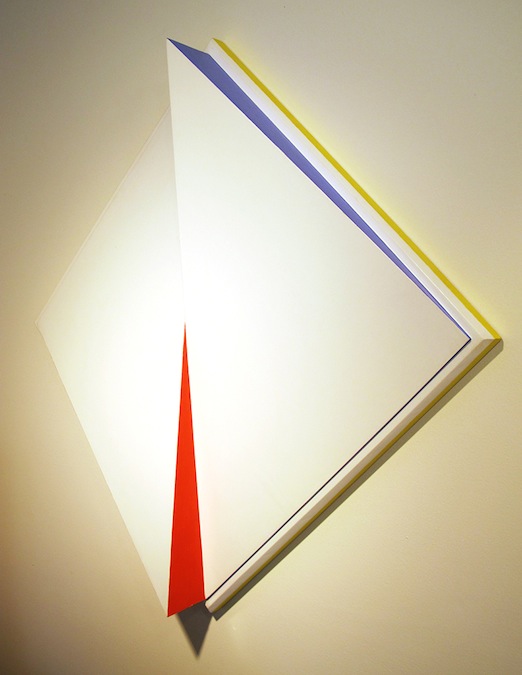
See COLOR , COLOR CUBES , IRRATIONAL GEOMETRY , PERCEPTION , and DAVID RUBELLO